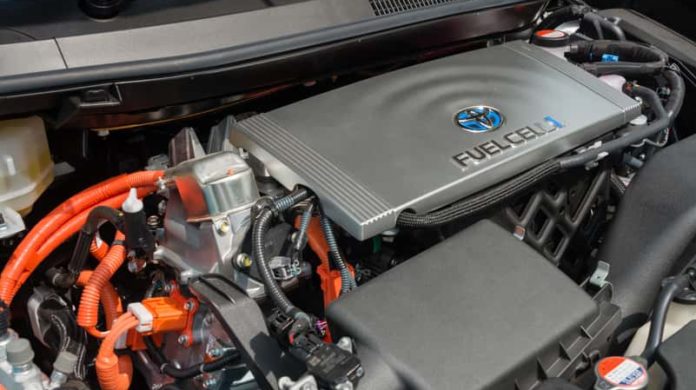
AT the time of writing, Amplats is 30% higher this calendar year whilst Implats’ recovery, especially over the last six months, has been remarkable. After hitting all-time lows mid-year, the stock has clawed back its value year-to-date.
The reason? Rand weakness against the dollar has improved the metal price received for the two miners, and, as importantly, there has been an increase in consumption of palladium and rhodium, sister metals to platinum. This has had the effect of improving the overall ‘basket’ price the companies receive – up more than a fifth since May. This is notwithstanding the seemingly eternal sluggishness of platinum.
According to JP Morgan Cazenove, investors are looking forward to vastly improved free cash flow generation from both companies. At current prices, Amplats’ free cash flow yield in the 2018 calendar year is estimated to be 7%, 10% for Implats, and 2% for another platinum miner, Northam Platinum.
Over this period, free cash flow for Amplats has increased by $285m which will surely see the Anglo American subsidiary net cash (excluding some R4bn it has to pay in terms of a customer prepayment for metal, falling due 2022/2023). By comparison Implats’ and Northam’s free cash flows have increased an estimated $46m and $20m respectively.
Whilst this is highly promising news for a sector that has been under the cosh for the last five years, questions still remain about the future pricing of platinum; it is, after all, the metal these companies produce the most of.
Back in the late Nineties, companies such as Amplats were building out capacity for platinum production in the belief the market would keep growing, especially because of fuel cell technology, then a new concept that would transform demand, it was thought.
Nearly 20 years on and demand for platinum created by fuel cell technology is yet to catch on, and has – in fact – been obliterated by growth in battery-driven, electric vehicle technology which makes much less use of platinum. Yet that might, just possibly, be changing.
Currently, a light duty diesel autocatalyst carries a platinum loading of between five to eight grams per unit whereas a fuel cell is expected to carry a loading of 10 to 20g/unit, said JP Morgan Cazenove. Were fuel cells to meet a China government target by 2030 of around 2% of its current global fleet, this would be equivalent to about 965,000 oz of additional platinum demand. This is equal to 30% of current autocatalyst demand or 13% of current global demand.
Total platinum demand will be about 7.5 million oz in 2018 of which 3.1 million will be from the autocatalyst manufacturing sector, according to the World Platinum Investment Council’s third quarter report which was published on November 27.
The World Platinum Investment Council’s (WPIC’s) Trevor Raymond, who has been monitoring platinum group metal markets for more than two decades, acknowledges fuel cell enthusiasm has been around for a long time without ever really turning into actual significant demand. But he thinks the time may finally have come.
‘There isn’t much difference between electric vehicle and fuel cell batteries. But what has changed lately is that the investment by companies such as Tesla in electric vehicle batteries has given a solid platform for fuel cell battery to thrive,” he said in an interview.
But it’s not necessarily in the light vehicle market that fuel cells will prosper; rather, they will come into their own in heavy vehicles requiring 15g/t of platinum. “Just one percent of heavy vehicle fuel cell battery adoption is equal to about 500,000 oz of additional platinum demand,” he said. For now, though, fuel cell battery development is something of a medium-term wish, but the WPIC said in its quarterly report that it’s advent would increasingly appear “on the agenda” of investors.









